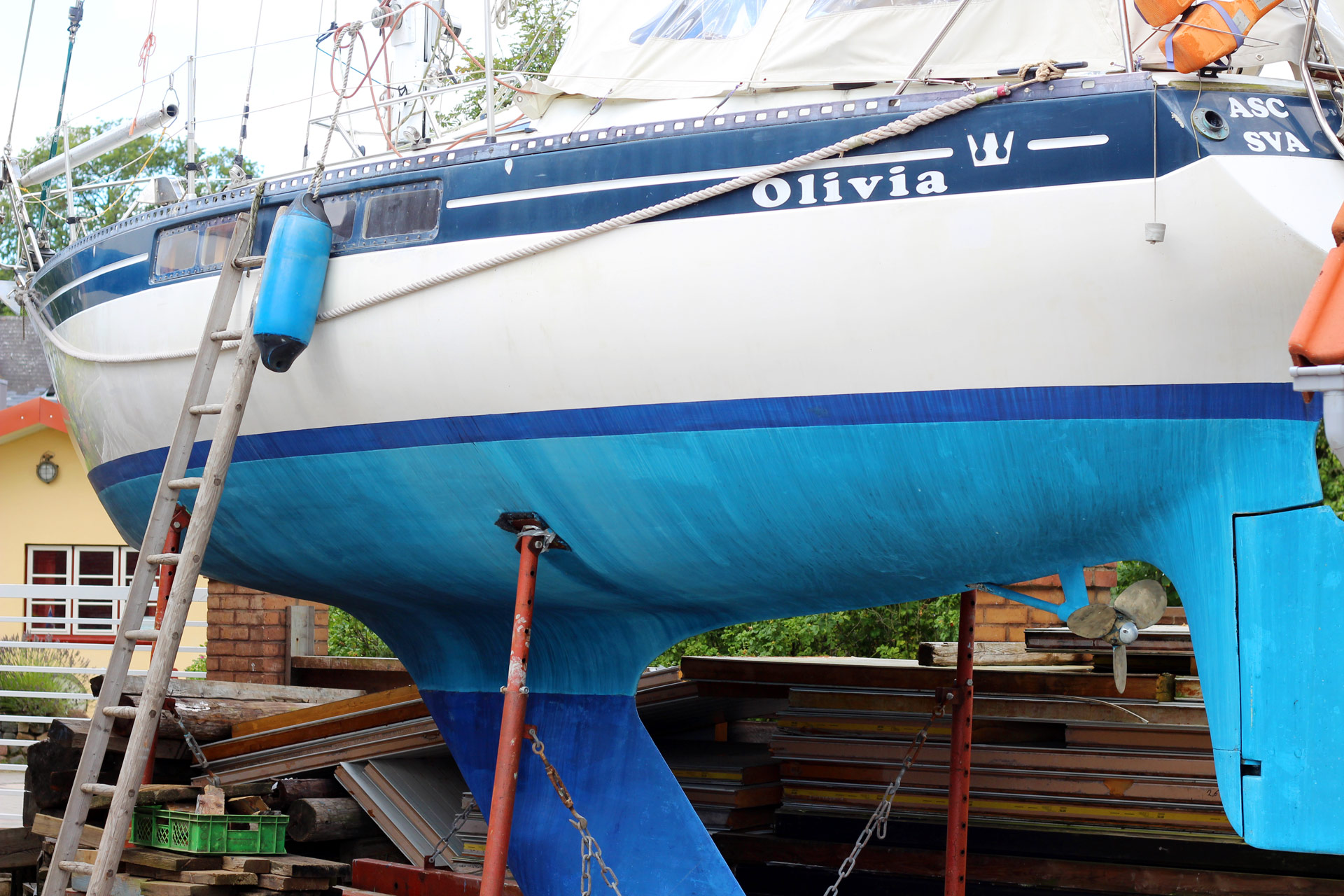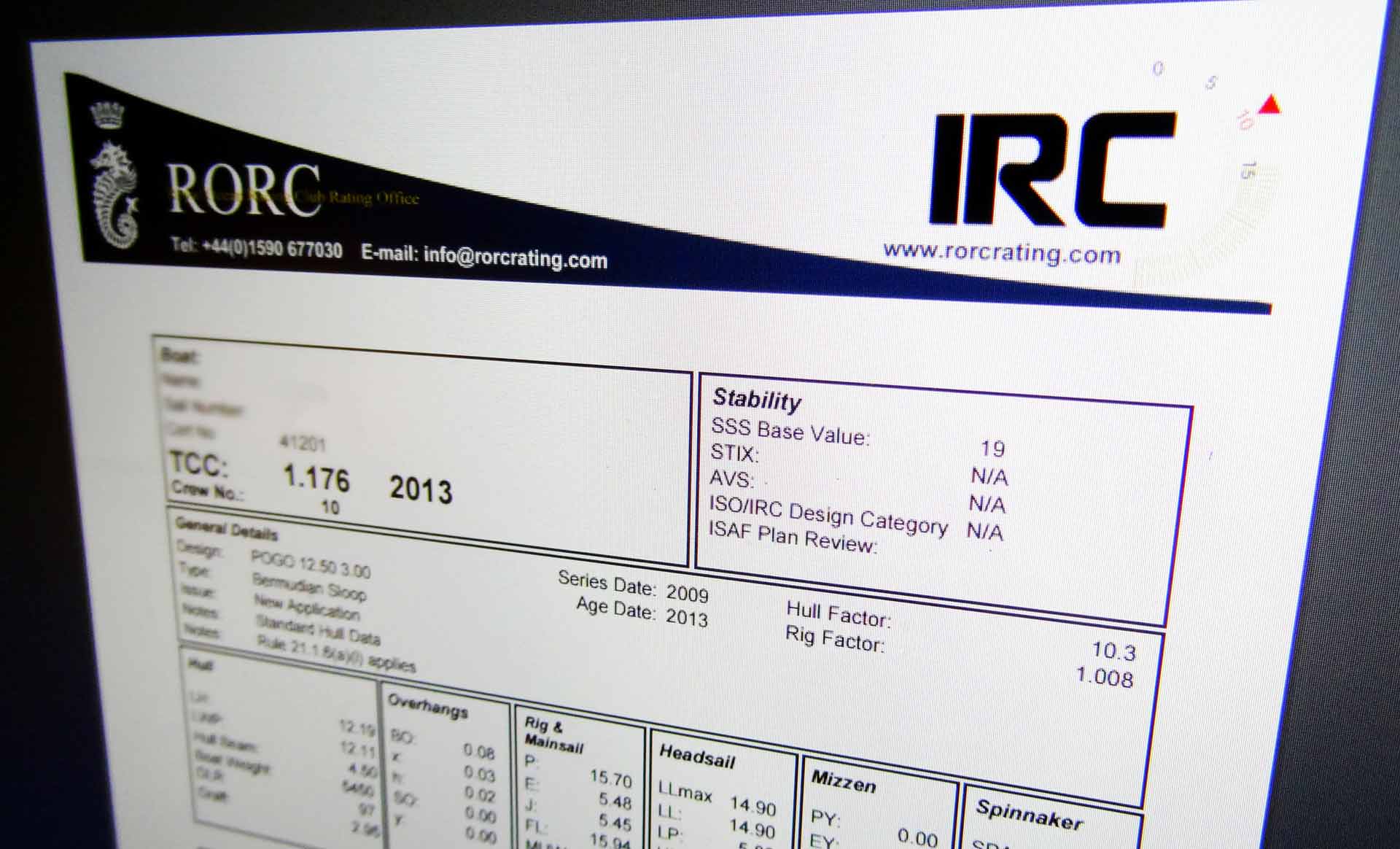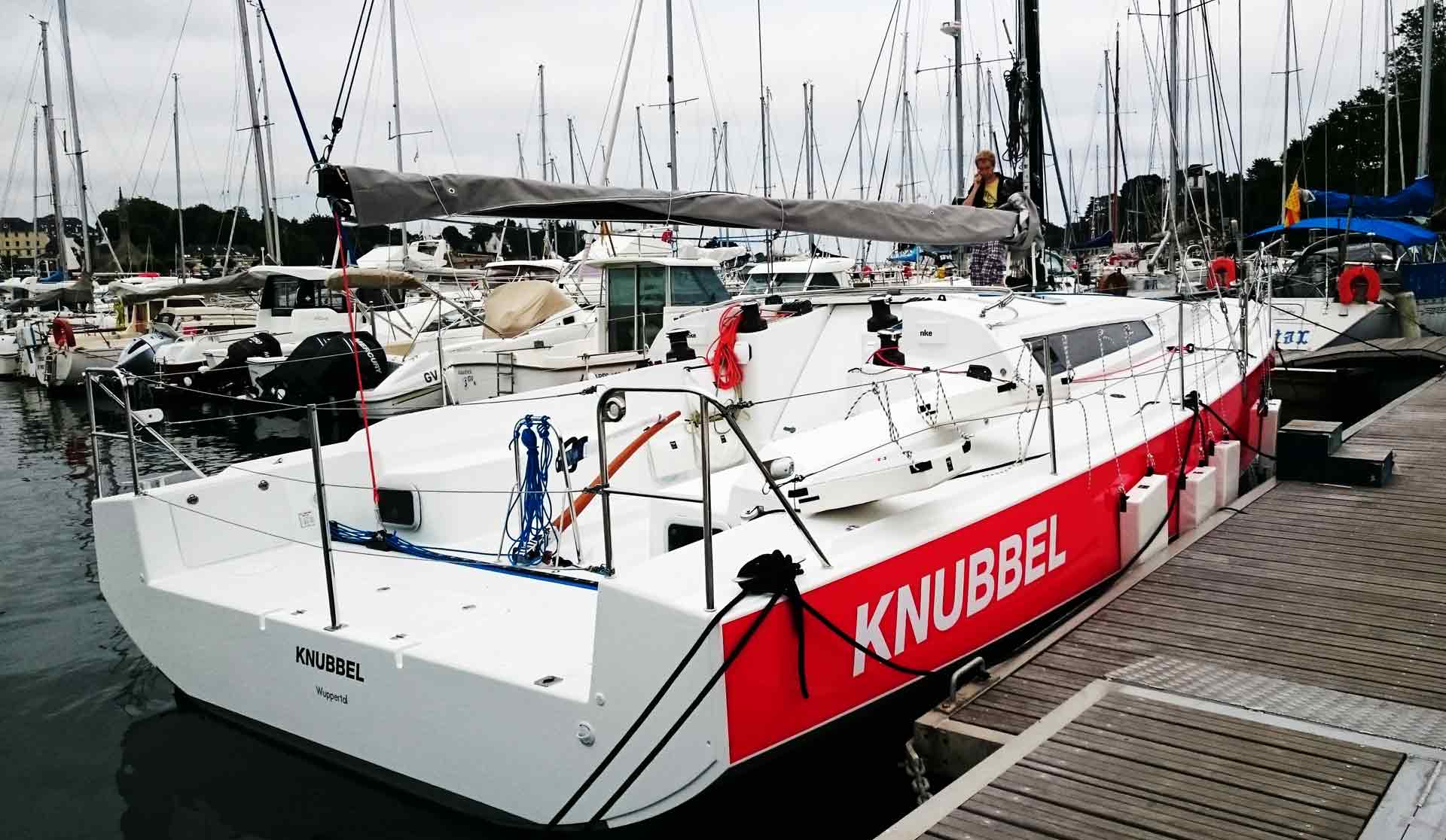You may be familiar with that one: Having a small chat with your neighbor at pier side, he will at some point of the conversation mention the “low yardstick” of his boat. You give him a nod, try to retain a knowing face but honestly, you haven´t got a clue what the heck his “low 90-ies yardstick” means in the end. Well, don´t bother: It´s as easy as ABC.
Yardstick Handicap-System: The Easy Way
Looking at the Sunday club-regattas might offer a dramatic picture: Boats and yachts of all sizes are bristling around and competing for the best possible times. But here´s the problem: It wouldn´t be fair if the fastest time wins. Because unless you have a one-class-race (like the Swan 42 SC or the New York Yacht Club or as done in the Nord Stream Race – here´s an article on that one) it is inevitable having different boat-types at the starting line. But how to make a fair judgement you cannot let the fastest yacht win. Here the Yardstick comes into play. Basically Yardstick is an empirical handicap-system which can be used on a great variety of different sailboat types. It can be applied on any race course and is a simple, very basic equation to turn the elapsed time into a corrected time making the different boat types comparable. A skipper might simply evaluate the Yardstick number of his particular boat by referring to the official lists available in the internet: US Sailors turn to the Portsmouth Numbers Committee, UK-based skippers check the RYA, Scandinavians use their Lingdö-Yardstick-System and Australian lads browse the pages of Victoria Yachting. My fellow Germans might find their Yardstick at the DSV Kreuzer-Abteilung.

My King´s Cruiser 33 has – again varying – Yardsticks of 103 to 109. A rule of thumb says. The lower the Yardstick, the faster the boat. My ship is a classy IOR-construction of the mid Seventies, a modern Dehler 35 from 2010 has a Yardstick of 88. In the end, calculating the real flattened time of a race when competing against a Dehler will be easy: Corrected time = elapsed time x 100 / handicap (Yardstick). So if on an imagined course my King´s Cruiser and the Dehler would cross the finishing line after having made the run in both exactly 60 minutes, the corrected times according to the rule would be 58 minutes for my yacht and 1.08 hours for the Dehler. Where´s my trophy?
ORR, ORC and IRC Rating Systems: Computer-based Rating
Another approach to have different classes of boats competing against each other in races with an equalizing system is the ORR. This abbreviation stands for Offshore Racing Rule and is governed by the so called ORA, the Offshore Racing Association formed by the Chicago Yacht Club, the Cruising Club of America and the Transpacific Club. The idea was to provide for a more accurate and thus fair rating system. Utilizing latest VPP-Software models (Velocity Prediction Program – here´s an interesting article on VPPs) it was possible to calculate a handicap not just for a certain type of boat but for a specific boat with a specific set up, rig and mast. In order to feed the VPPs a thorough measurement was needed. And this is where the trouble begins. Taking these measurements includes a very accurate weighing of the ship and a certified measurer who was and still is to be paid by each owner of a yacht to get the data needed to feed the Prediction Programs. To make the buzz perfect, there´s the ORC and the IRC, official bodies who sanction the Olympics, the Volvo Ocean Race and the majority of the big regattas worldwide. ORC is the preferred system of rating a vessel in Northern Europe and Germany, the rivaling system is the IRC-formula which has its fans in the UK, US and the Mediterranean. This can sometimes cause a lot of trouble.

It is not so long ago since according to IRC-ruling constructions which strengthen the keel-sections have been penalized by the formula: Causing the yards to build not so strong yachts in order to get better handicaps. Which was ridiculous. The ORC-formula is a publicly known setup of rules whereas the IRC is a “black box”. There is a trend of both bodies to try to converge, not least because under ISAF-rules only ORC-rated vessels can compete in the official World Championship which is sanctioned by ISAF. Nevertheless: Common thing of all is: You have to spend a lot of money to get the ships rated and certified for competition. Nothing at all for my King´s Cruiser 33: Even if I´d had the money, my boat is far away from running up against modern-day racers.
Useful and practical or expensive and obstructive?
Racers like the thoroughbred speed machine Pogo 12.50 (of which I had the pleasure of taking a look at here). I am writing an email to the boatbuilder Structures in Brittany, asking for the official rating of this yacht. He sends me an IRC rating of a Pogo 12.50 dating 2013 and issued by the RORC. Charly Fernbach replies in his E-Mail: “Our Pogo 12.50 is designed without any regards to the IRC-matters whis is – we believe – fostering narrow, heavy, unstable and slow boats.” Gulp. “Some boatbuilders and designers have dedicated their boat design to the handicap races, which is perfectly fine, but at Structures we think the IRC-rules lead to old school-design. Maybe because these rules are made to protect the existing fleet to a certain level. We do believe in rules box, such as Classe Mini (see this interview with Lizzy Foreman on her MiniTransatRace on a Pogo 2), Class 40, TP52 or Open 60 for racing boats as well in modern cruising design to provide easiness, speed and at last: fun.”

So I see: Again this is a sport where millions of millions of bucks are spent, huge corporations, bodies and different and interests are involved and partially working against each other. Not unlike modern day Football-Leagues, Formula 1 or other high-profile sports. Anyway: I now know that “my” handicap is 103, pretty okay for an old IOR-boat and I am supposedly never ever going to be in a situation to tell the IRC TCC of my yacht to a pier side chatting neighbor.
